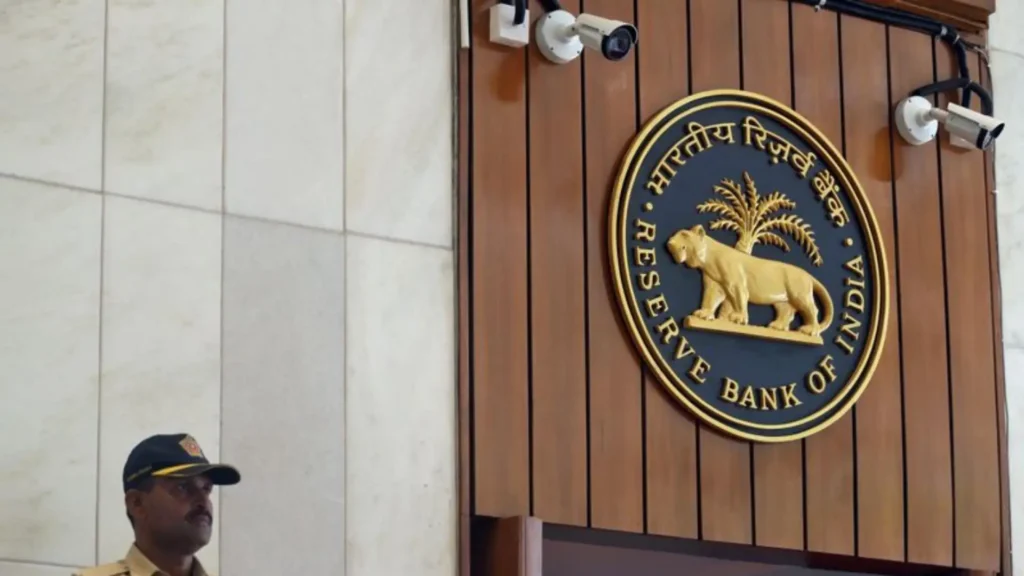India’s central bank kept its key interest rate unchanged on Wednesday, as expected, but flagged rising global headwinds — particularly the economic impact of steep new U.S. tariffs on Indian exports. With inflation low but external risks climbing, the Reserve Bank of India (RBI) appears to be treading cautiously as it weighs its next moves.
What Happened
- The repo rate was held steady at 5.50% in a unanimous vote by the six-member Monetary Policy Committee (MPC).
- The RBI maintained its neutral policy stance, signaling flexibility depending on evolving data.
- This follows a 100 bps cumulative cut in 2025, including a surprise 50 bps cut in June, aimed at supporting growth amid slowing inflation.
Why It Matters
While the RBI is currently on pause, economists suggest there may be room for further easing, especially as the economy faces:
- 25% U.S. tariffs on Indian goods starting Friday, with threats of additional levies due to India’s Russian oil imports.
- Global uncertainties, including weaker U.S. job data, slowing trade, and geopolitical tensions, which collectively threaten India’s growth outlook.
Governor Sanjay Malhotra acknowledged the risks, stating:
“The headwinds from prolonged geopolitical tensions and global volatility pose risks to growth.”
Inflation Outlook
- Inflation hit a six-year low of 2.10% in June and is expected to dip even further in July before rising again later in the year.
- The RBI lowered its annual inflation forecast to 3.1% from 3.7%, citing subdued price pressures.
- Core inflation is expected to stay modestly above 4%, but the broader inflation picture remains “more benign.”
Growth Concerns
- The RBI kept its FY25 GDP growth forecast at 6.5%, though analysts warn that U.S. tariffs could shave off up to 40 basis points.
- Business investment may also take a hit as trade tensions with the U.S. drag on.
- Some economists, like Emkay Global’s Madhavi Arora, believe more easing may still be on the table:
“Downside risks to growth are becoming increasingly evident… and could open up space for rate cuts later this year.”
Market Reaction
- Bond markets saw a slight uptick in yields, with the 10-year yield rising 4 basis points to 6.37%, as the RBI offered no dovish signals.
- The Indian rupee held steady at ₹87.7350, while benchmark equity indexes slipped by around 0.2%.
Liquidity and Policy Tools
Governor Malhotra reassured markets that:
- The RBI will maintain ample liquidity to support credit flow and rate transmission.
- It will continue using the overnight inter-bank call money rate as its operational target for monetary policy, following a review.
What’s Next
While the RBI has hit pause, the future path will likely be shaped by:
- How the U.S. tariff situation unfolds.
- Global central banks’ decisions — particularly the U.S. Federal Reserve, which markets expect to cut rates in September.
- Domestic growth indicators and whether inflation remains under control.
